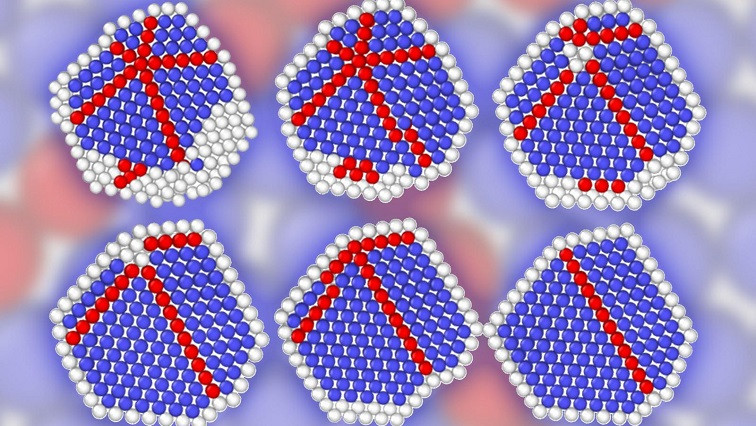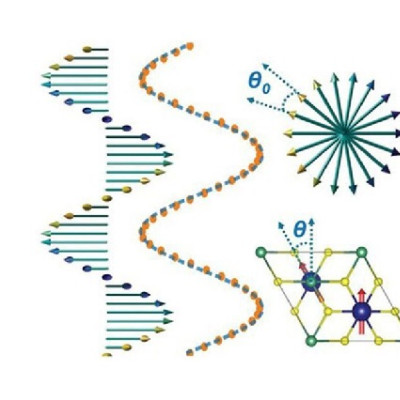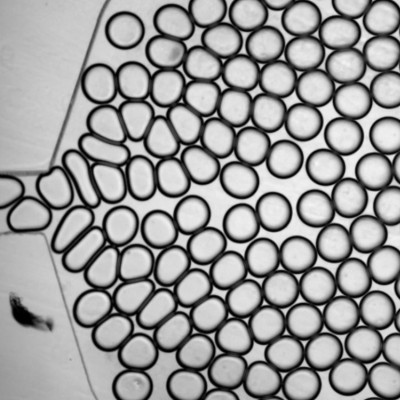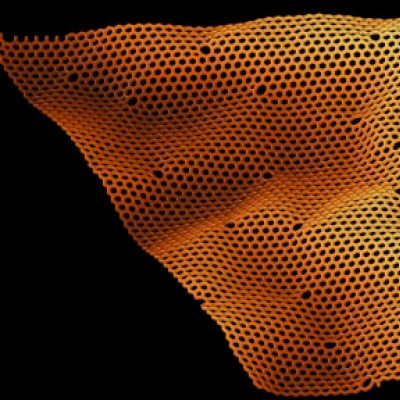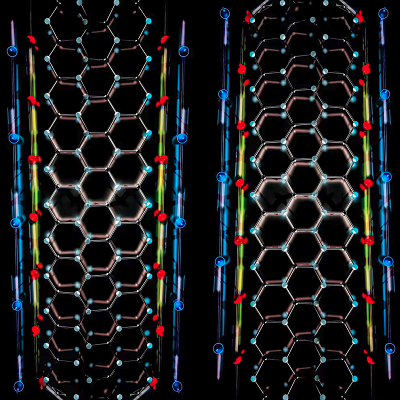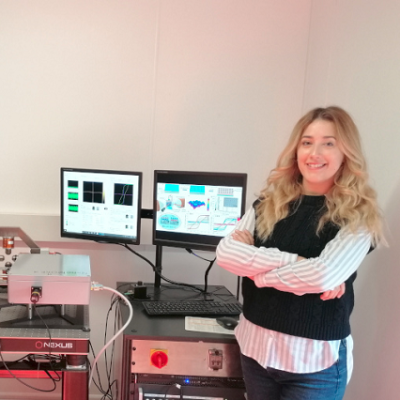Twinned nanoparticles have regions of clear symmetry that share the same crystal lattice, separated by a clear boundary. Changing the twin structure can affect the properties of the nanoparticles, which makes controlling twinning to create tailored nanomaterials an active area of research.
Researchers studied penta-twinned gold nanoparticles under an electron beam and directly observed partial dislocation slipping for the first time. Combined with molecular dynamics simulations, the team found that uneven strain distribution across the twin units induces dislocation slipping, plane guiding, and eventual detwinning in the nanoparticles.
The study is published in Nano Letters.
Twinned nanocrystals have unique physical and chemical properties, making twinning a consequential parameter in materials design. Developing practical approaches for controlling twinning and twinned structures requires understanding twinning and detwinning at an atomic level, which is currently lacking.
By precisely visualizing the structure and transformations in penta-twinned nanoparticles and interpreting this information with the help of atomic-scale simulations, researchers were able to detail the interplay between surface diffusion, tensile strain relaxation, morphology evolution, and detwinning more clearly. This insight can help guide future efforts in controlling twinning and detwinning in gold nanoparticles.
Twin structures possess distinct physical and chemical properties by virtue of their specific configurations. However, twinning and detwinning processes are not fully understood at the atomic scale.
By integrating in situ high-resolution transmission electron microscopy and molecular dynamic simulations, researchers found that tensile strain in asymmetrical five-fold twins of gold nanoparticles leads to twin boundary migration through dislocation sliding (slipping of an atomic layer) along twin boundaries and dislocation reactions at the fivefold axis under an electron beam.
Energy barriers govern the migration of one or two layers of the twin planes. Relaxation of the total energy, including surface, lattice strain, and twin boundary energy, after consecutive twin boundary migration, leads to a detwinning process. In addition, surface rearrangement of five-fold twinned nanoparticles can aid in the detwinning process. By better understanding the processes that affect twinning at the atomic level, researchers can more precisely control the structure and properties of twinned nanoparticles.
Read the original article on Pacific Northwest National Laboratory (PNNL).

